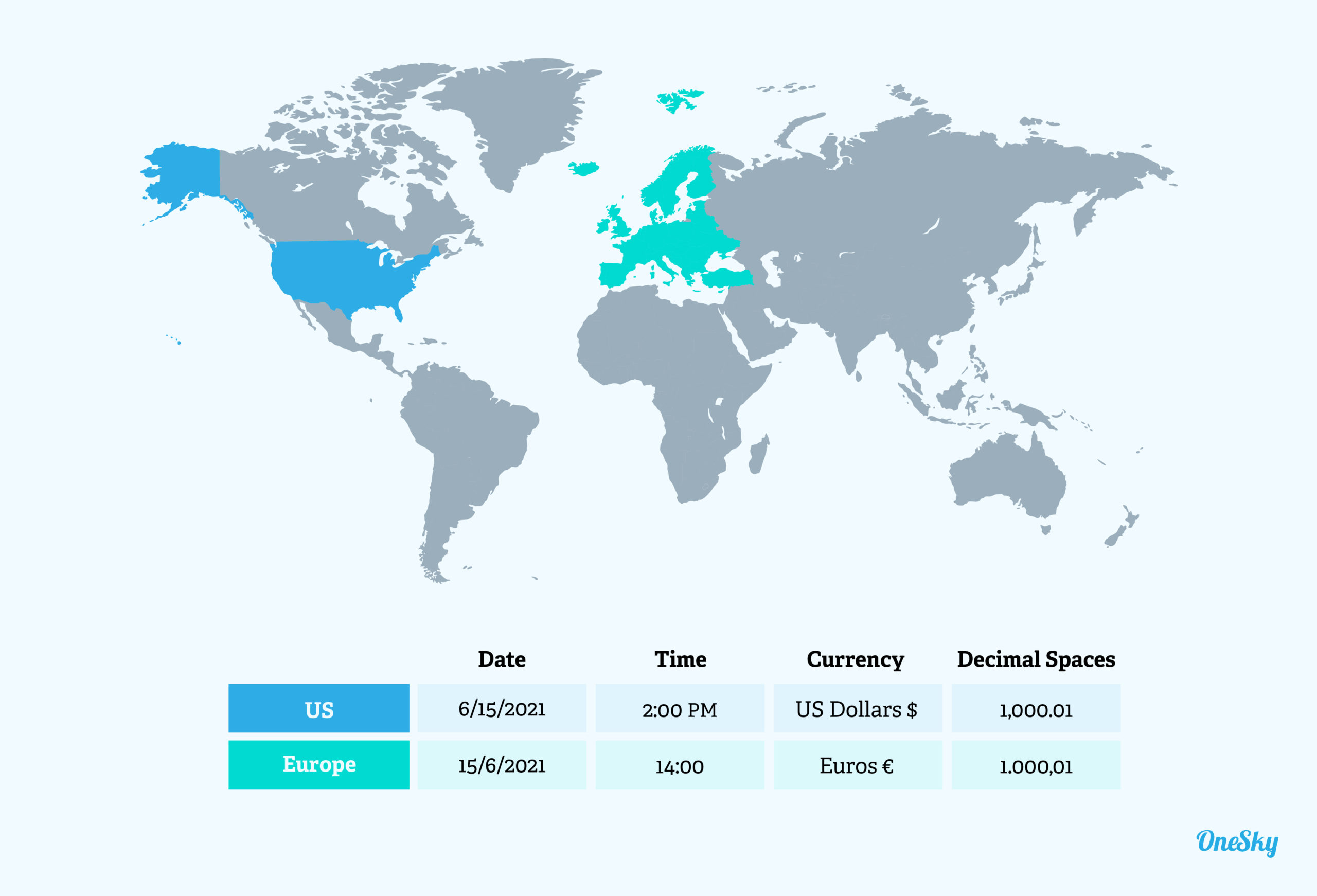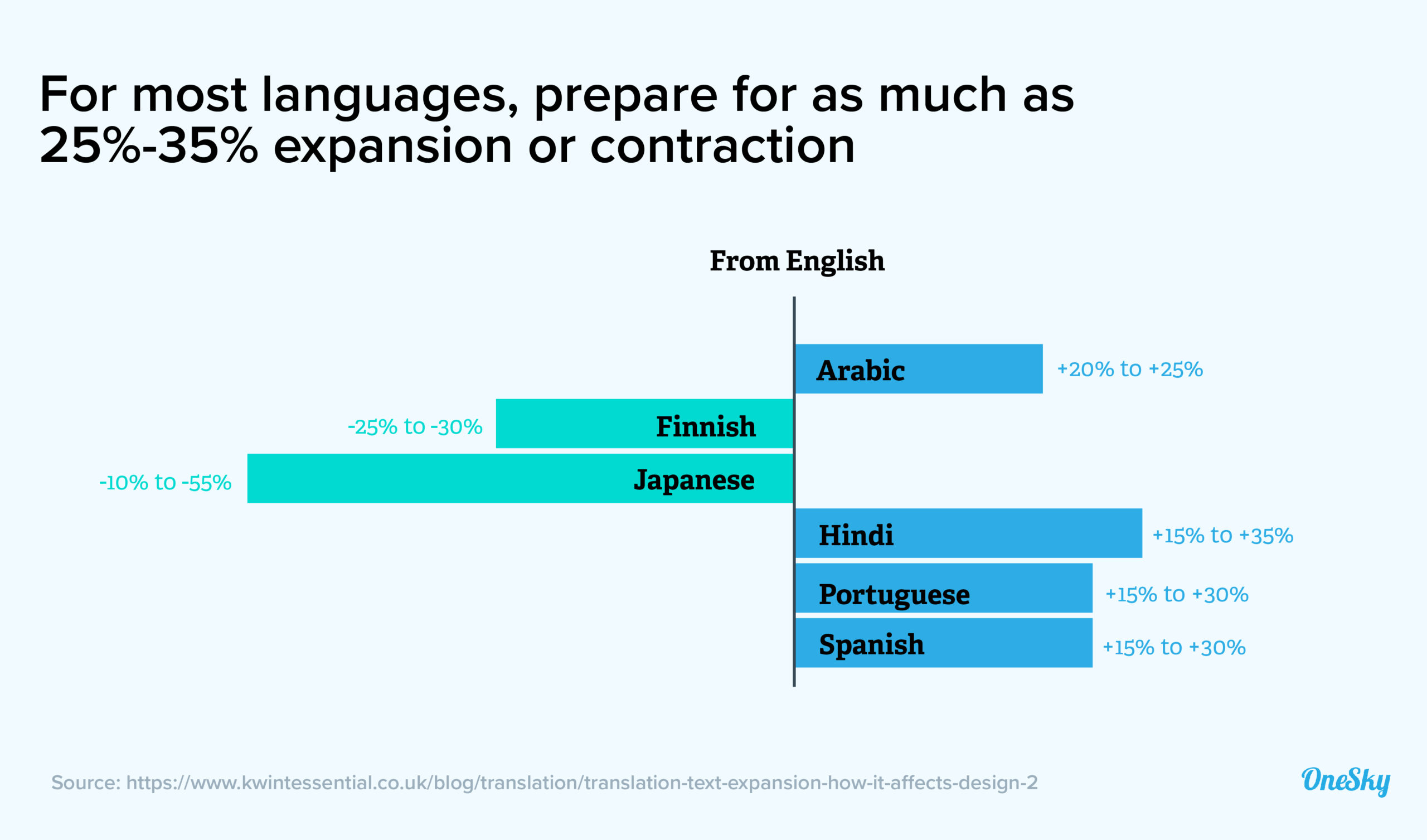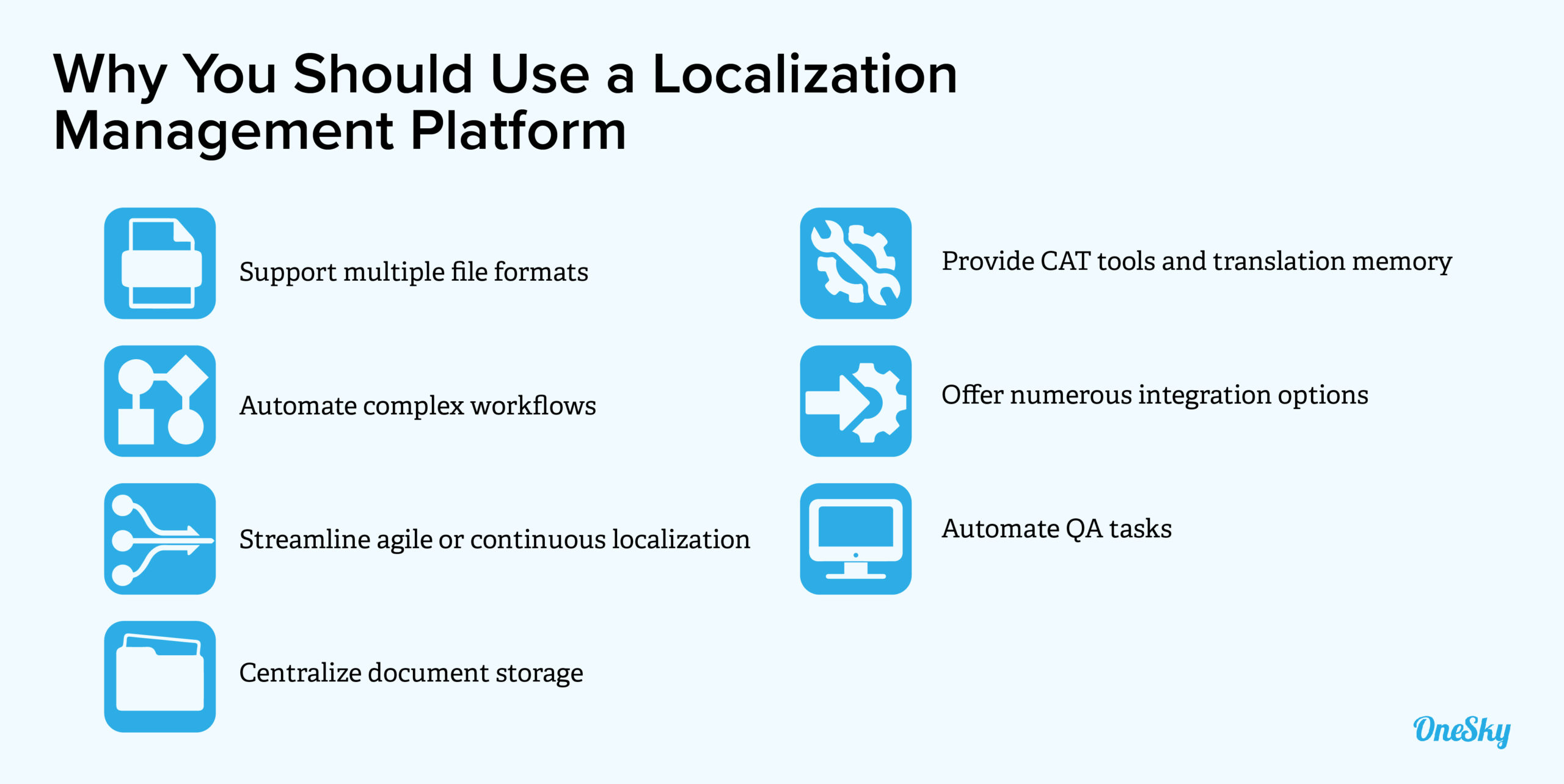Beyond Translation: What You Need To Know About Game Localization
Localizing a game is more complex than just swapping the original text with translated content. Here’s what you need to know about game translation and localization and how you can prepare the process for a successful launch.
What To Consider During Game Translation and Localization
Game localization refers to the process of adapting video games to other languages and markets. Besides translating the text, it involves adjusting the content so it’s appropriate for the locale and resonates with the target audience.
Game translation and localization help ensure that the final content strikes the right tone with the audience and stays true to the original version. You must consider the target culture, slang, and commonly-used terms to preserve the game’s storyline, intention, and emotional appeal.
Games combine different media, such as video, audio, text, and graphics, to engage the users. As such, the localization process must address how these individual components work together to deliver a seamless gaming experience.
The process also requires linguistic expertise in specific game environments and the ability to build consistent personalities for the characters based on each locale’s culture and the audience’s expectations.
How To Prepare For Game Translation and Localization
The earlier you start orchestrating the game localization process, the less likely you’ll get caught with unpleasant surprises and costly mistakes further down the road. Here’s what you need to know.
Set the Stage for Success
Game translation and localization involve many moving parts. Before starting the project, you must establish an effective localization management process to address all the components and ensure that you have the right tools and resources.
Research the local market to understand the process of launching a game there. For example, do you need to address any specific legal regulations or content restriction/censorship? Are there concerns around sensitive topics (e.g., history, religion, geopolitics, political correctness) that may require an adjustment to the content or user interface (UI)?
Besides translating content within the game, consider how you’d localize product packaging, marketing materials, ads, social media pages and posts, website copy, memorabilia, etc., to deliver a consistent and seamless customer experience.
Internationalize Your Game
Before localizing your game, go through the internationalization (i18n) process to make the code independent of elements that need to be translated and localized. These include currency, numbers, date, time, etc., which have different formatting conventions for various locales.

Eliminate hard-coded text in the source code. Instead, separate text into strings and put them into files for easy hand-off to translators. When you need to change the content in the future, you can simply revise the strings and apply the new content to various localized versions to make updates cost-efficiently.
Also, implement the Unicode standard, a universal encoding scheme for written characters and text, to ensure that you can consistently encode multilingual text and exchange text data in localized versions of the game.
Build Flexibility Into the UI Design
If you’re translating your game into a right-to-left (LTR) language such as Arabic and Hebrew, make sure your design can accommodate changes in text direction. Meanwhile, Asian languages with complex characters (e.g., Chinese) tend to be shorter in length but may need to be displayed in a larger font size to be legible.
Some languages can be as much as 30% longer than English, while others are shorter. You should ensure that the interface has the flexibility to accommodate longer or shorter texts without breaking or looking awkward.

Avoid putting text in images to minimize the number of assets you have to create for each localized version. You can also reduce the amount of translation by using universally-recognized icons instead of text whenever possible. This can make a big difference if you’re translating a game into multiple languages and help minimize linguistic bugs in the process.
Provide Translators With Contextual Information
In-context translation can help you better connect with the target audience by using references, phrases, and concepts that resonate with them. You should provide as much background information as possible to the translation team to help them preserve the original intent of the storyline.
Offer visual context by sharing screenshots to show how the text will appear on the interface. You should also provide linguistic context by creating a translation style guide and glossaries to help translators stay consistent with key terms and word choices.
Additionally, provide translators with information about your target audience, including demographic data, interests, preferences, cultural background, etc. Ideally, you’d hire professionals who are native speakers and avid gamers to capture the nuances unique to the gaming community.
If your game is a sequel or update, have your translators review the previous translation to ensure that the new localized content stays consistent to preserve the gaming experience, especially for your loyal fans!
Get Your Strings Together
Add detailed descriptions to string files to help translators accurately communicate the meaning of the original text. For example, does “watch” mean to observe something or a timekeeping device? Does “kick” refer to attacking an enemy or ejecting a player from a multiplayer game?
If you’re releasing your game on multiple platforms (e.g., PlayStation, Xbox), you should identify platform-specific strings, such as instructional text or terms unique to a platform. Meanwhile, “tap” and “touch” are common for mobile games but are rarely used on consoles.
Lastly, you must manage these strings efficiently throughout the translation process to avoid version control issues. Instead of spreadsheets, which are inefficient and error-prone, use a translation management system to ensure that everyone has access to the latest version of the translated content.

Translate and Localize Your Game Cost-Effectively
Game localization is a substantial undertaking. You need to manage the internal workflows efficiently and understand the nuances of the local market.
That’s why savvy game developers work with professional translators through language services providers (LSPs) to help them navigate this complex process.
An LSP has access to many translators, so you can find professionals fluent in the target language and have experience translating games for the market. The LSP will also guide you to prepare the necessary documentation and files while providing the team with the right tools to manage the process efficiently.
Additionally, use a localization management platform with the capabilities to support the complex game localization processes. It should allow you to automate workflows and manage all your communications all in one place while leveraging features such as translation memory to improve cost-efficiency.

OneSky takes localization management one step further. Besides all the benefits offered by a localization management platform, you can have access to a dedicated translation manager plus over 1000 professional translators in 50+ languages to support your game translation and localization project.
Try OneSky for free and see how we can help you launch your game successfully in multiple markets.


 Written by -
Written by - 




 Written by
Written by 


